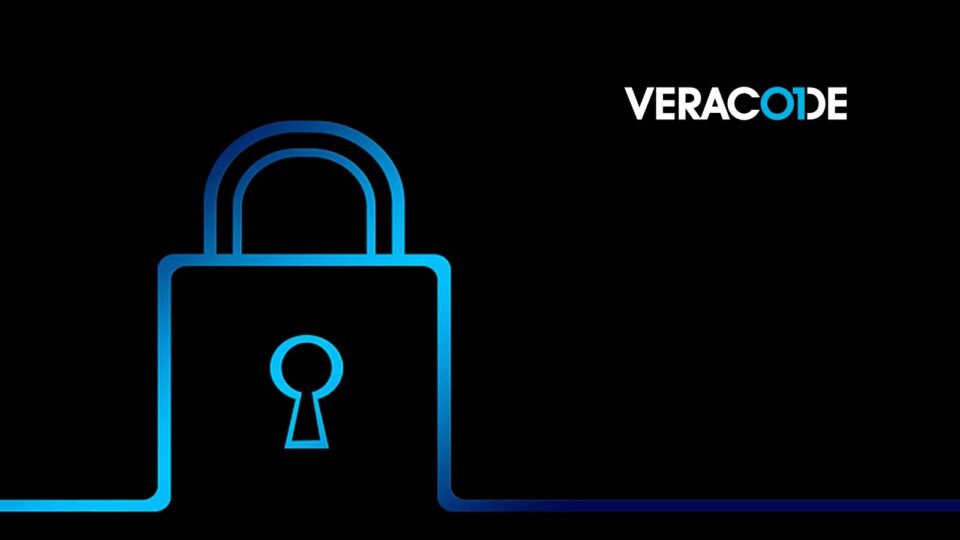Security Flaws Found in Eighty Two Percent of Public Sector Software Applications
Veracode, a leading global provider of application security testing solutions, has released new findings that show the public sector has the highest proportion of security flaws in its applications and maintains some of the lowest and slowest fix rates compared to other industry sectors. Analysis of data collected from 20 million scans across half a million applications revealed these sector-specific findings as part of Veracode’s annual report on the State of Software Security (SOSS).
Top iTechnology Machine Learning News: Honely.com Signs Licensing Agreement for Its Property and Area Forecast APIs with Forescite, Inc.
“Public sector policy makers and leaders recognize that dated technology and vast troves of sensitive data make government applications a prime target for malicious actors. That’s why the White House and Congress are working together to update regulations governing cybersecurity compliance. In the wake of May 2021’s Executive Order to improve the nation’s cybersecurity and protect federal government networks, the U.S. Office of Management and Budget, Department of Defense and the White House have issued four memos addressing the need to adopt zero trust cybersecurity principles and strengthen the security of the software supply chain. Our research confirms this need,” said Chris Eng, Chief Research Officer at Veracode.
No Time to Waste: Fix More Flaws Faster
Veracode’s research found that compared to other industries, the public sector has the highest proportion of applications with security flaws, at 82 percent. When it comes to how quickly organizations fix flaws once detected, the public sector posts the slowest times on average—roughly two times slower than other sectors. The research also revealed that 60 percent of flaws in third-party libraries in the public sector remain unfixed after two years, which is double that of other sectors and lags the cross-industry average by more than 15 months. Finally, with only a 22 percent fix rate overall, the public sector is challenged to keep software supply chain attacks from impacting critical state, local, and educational applications.
Eng continued, “Organizations in this sector must act with urgency. They can improve their secure DevOps practices significantly by using multiple types of scanning—static, dynamic, and software composition analysis—to get a more complete picture of an application’s security, which in turn will help them to improve remediation times, comply with industry regulations, and make the case for increasing application security budgets.”
Top iTechnology Automation News: Shift Technology Achieves HITRUST Risk-based, 2-year Certification to Manage Risk, Improve Security Posture, and Meet Compliance Requirements
High Severity Flaws Are Priority One
Demonstrating a positive trend, the public sector ranks highly when it comes to addressing high severity flaws. The research reveals that government entities have made great strides to address high severity flaws, which appear in only 16 percent of applications. In fact, the number of high severity flaws has decreased by 30 percent in the last year alone, suggesting that developers in the sector increasingly recognize the importance of prioritizing flaws that present the greatest risks. This is encouraging and may reflect growing understanding of new software security guidelines, such as those outlined in the U.S. Executive Order on Cybersecurity and the U.K. Government Cyber Security Strategy 2022 – 2030.
Eng closed, “Recognizing that time is of the essence, public sector leaders are beginning to set timelines. For example, in “Moving the US Government Toward Zero Trust Cybersecurity Principles”, Shalanda Young has set a deadline of September 30, 2024 for all US federal agencies to meet specific cybersecurity standards. We think that the progress made against high security flaws is a great starting point and support all public sector agencies who seek to gain better control over their software supply chains.”
Top iTechnology Robotics News: Plus One Robotics and Tompkins Robotics Announce Strategic Partnership to Deliver State of the Art Sorting and Picking for High-Volume Warehouses
[To share your insights with us, please write to sghosh@martechseries.com]


